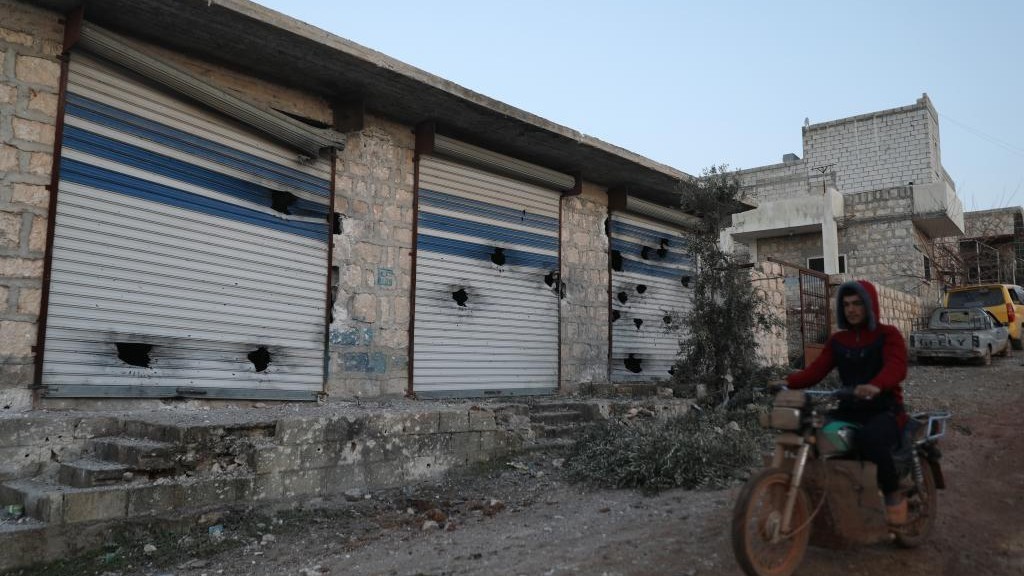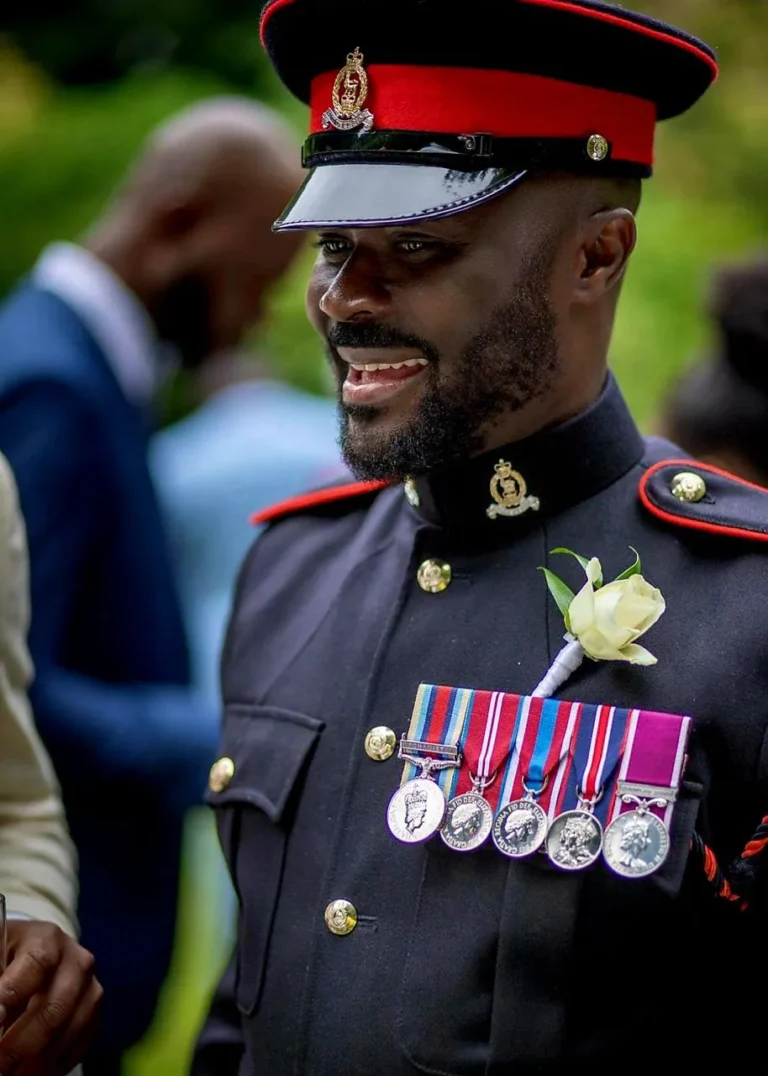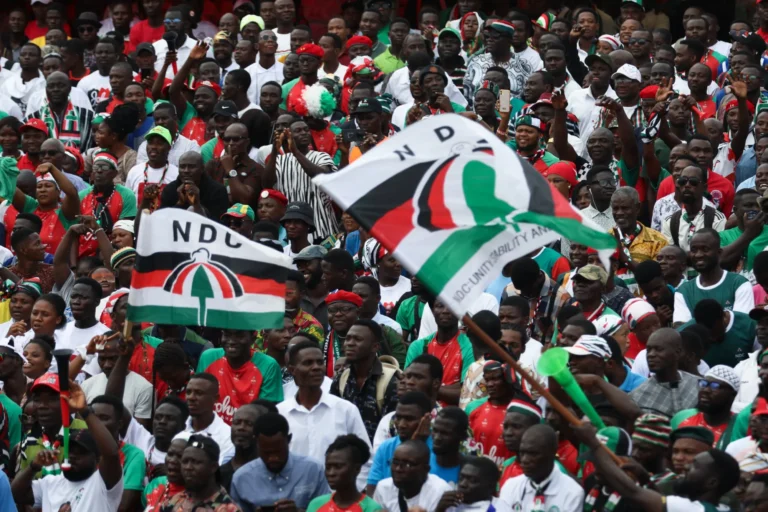
ISIS leader killed in US military raid in Syria, Biden says
The leader of the violent Islamic State group was killed during an overnight raid in Syria’s northwestern Idlib province, President Joe Biden said Thursday.
The raid targeted Abu Ibrahim al-Hashimi al-Qurayshi, who took over as head of the militant group on Oct. 31, 2019, just days after leader Abu Bakr al-Baghdadi died during a U.S. raid in the same area. A U.S. official said he died as al-Baghdadi did, by exploding a bomb that killed himself and members of his family, including women and children, as U.S. forces approached.
He is also known as Amir Muhammad Sa’id Abdal-Rahman al-Mawla.
The operation came as ISIS has been trying for a resurgence, with a series of attacks in the region, including a 10-day assault late last month to seize a prison.
U.S. special forces landed in helicopters and assaulted a house in a rebel-held corner of Syria, clashing for two hours with gunmen, witnesses said. Residents described continuous gunfire and explosions that jolted the town of Atmeh near the Turkish border, an area dotted with camps for internally displaced people from Syria’s civil war.
First responders reported that 13 people had been killed, including six children and four women.
Biden said in a statement that he ordered the raid to “protect the American people and our allies, and make the world a safer place.” He planned to address the American public later Thursday morning.
“Thanks to the skill and bravery of our Armed Forces, we have taken off the battlefield Abu Ibrahim al-Hashimi al-Qurayshi – the leader of ISIS,” Biden said in a statement. He said all Americans involved in the operation returned safely.
The two-story house, surrounded by olive trees in fields outside Atmeh, was left with its top floor shattered and blood spattered inside. A journalist on assignment for The Associated Press and several residents said they saw body parts scattered near the site. Most residents spoke on condition of anonymity for fear of reprisals.
No US casualties
The Pentagon did not initially identify the target of the raid. “The mission was successful,” Pentagon press secretary John Kirby said in a brief statement. “There were no U.S. casualties.”
Idlib is largely controlled by Turkish-backed fighters but is also an al-Qaida stronghold and home to several of its top operatives. Other militants, including extremists from the rival IS group, have also found refuge in the region.
“The first moments were terrifying, no one knew what was happening,” said Jamil el-Deddo, a resident of a nearby refugee camp. “We were worried it could be Syrian aircraft, which brought back memories of barrel bombs that used to be dropped on us,” he added, referring to crude explosives-filled containers used by President Bashar Assad’s forces against opponents during the Syrian conflict.
The top floor of the low house was almost totally destroyed; a room there had collapsed, sending white bricks tumbling to the ground below.
Blood could be seen on the walls and floor of the remaining structure. A wrecked bedroom had a child’s wooden crib and a stuffed rabbit doll. On one damaged wall, a blue plastic baby swing was still hanging. The kitchen was littered with debris, with a blood splatter on the wall where the door was blown off its hinges. Religious books, including a biography of Islam’s Prophet Muhammad, were in the house.
The opposition-run Syrian Civil Defense, first responders also known as the White Helmets, said 13 people were killed in shelling and clashes that ensued after the U.S. commando raid. They included six children and four women, it said.
The Britain-based Syrian Observatory for Human Rights, an opposition war monitor, also said the strike killed 13 people, including four children and two women. Ahmad Rahhal, a citizen journalist who visited the site, reported seeing 12 bodies.
The Pentagon provided no details on casualties in the raid
The Observatory said the troops landed in helicopters. Residents and activists described witnessing a large ground assault, with U.S. forces using megaphones urging women and children to leave the area.
Omar Saleh, a resident of a nearby house, said he was asleep when his doors and windows started to rattle to the sound of low-flying aircraft at 1:10 a.m. local time. He ran to open the windows with the lights off, and saw three helicopters. He then heard a man, speaking Arabic with an Iraqi or Saudi accent through a loudspeaker, urging women to surrender or leave the area.
“This went on for 45 minutes. There was no response. Then the machine gun fire erupted,” Saleh said. He said the firing continued for two hours, as aircraft circled low over the area.
Taher al-Omar, an Idlib-based activist, said he witnessed clashes between fighters and the U.S. force. Others reported hearing at least one major explosion during the operation. A U.S. official said that one of the helicopters in the raid suffered a mechanical problem and had to be blown up on the ground. The U.S. official spoke on condition of anonymity to discuss details of the military operation.
The military operation got attention on social media, with tweets from the region describing helicopters firing around the building near Atmeh. Flight-tracking data also suggested that multiple drones were circling the city of Sarmada and the village of Salwah, just north of the raid’s location.
The U.S. has in the past used drones to kill top al-Qaida operatives in Idlib, which at one point was home to the group’s biggest concentration of leaders since the days of Osama bin Laden in Afghanistan. The fact that special forces landed on the ground suggest the target was believed to be of high value.
A similar attack in Pakistan, in 2011, killed bin Laden
The Islamic State group has been reasserting itself in Syria and Iraq with increased attacks.
Last month, it carried out its biggest military operation since it was defeated and its members scattered underground in 2019: an attack on a prison in northeast Syria holding at least 3,000 IS detainees. The attack appeared aimed to break free senior ISIS operatives in the prison.
It took 10 days of fighting for U.S.-backed, Kurdish-led forces to retake the prison fully, and the force said more than 120 of its fighters and prison workers were killed along with 374 militants. The U.S.-led coalition carried out airstrikes and deployed American personnel in Bradley Fighting Vehicles to the prison area to help the Kurdish forces.
A senior SDF official, Nowruz Ahmad, said Monday that the prison assault was part of a broader plot that IS had been preparing for a long time, including attacks on other neighborhoods in Kurdish-run northeastern Syria and on the al-Hol camp in the south, which houses thousands of families of ISIS members.
The U.S.-led coalition has targeted high-profile militants on several occasions in recent years, aiming to disrupt what U.S. officials say is a secretive cell known as the Khorasan group that is planning external attacks. A U.S. airstrike killed al-Qaida’s second in command, former bin Laden aide Abu al-Kheir al-Masri, in Syria in 2017.
Source : https://www.marca.com/
Other stories







